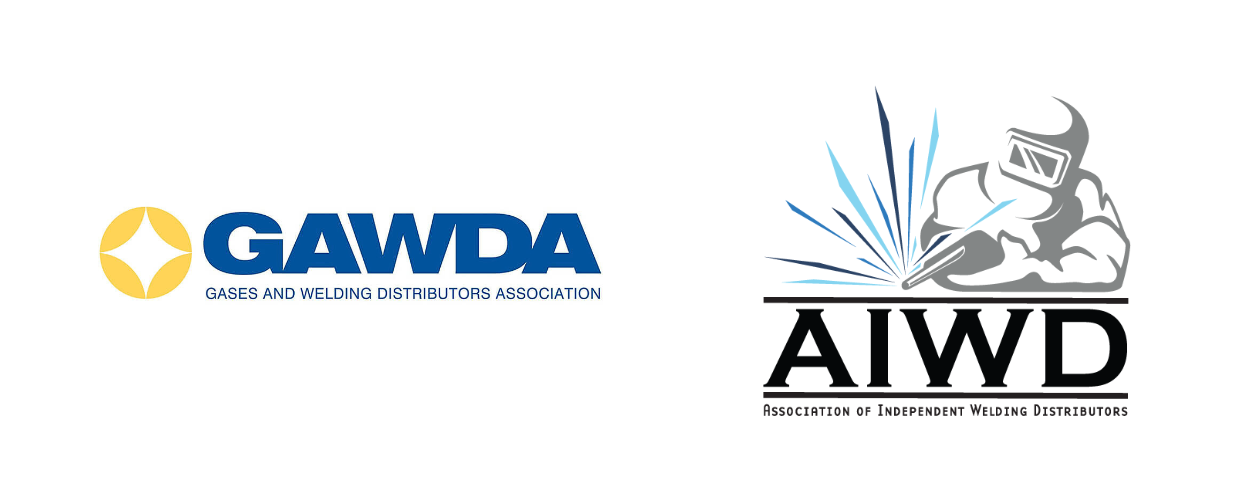Welding in Cold Weather: Tips and Tricks
How to Overcome the Challenges of Winter Welding
Winter weather can significantly impact welding operations, especially outdoors. The cold not only affects the welder but also the welding process itself. Here are some essential tips and tricks to help you overcome the challenges of winter welding:
- Preparation is Key: Start by ensuring that your equipment is suitable for colder temperatures. Store electrodes and other consumables in a warm, dry place to avoid moisture absorption which can lead to porosity in welds.
- Adjust Welding Techniques: Cold weather can cause metals to contract, which affects weld quality. Preheating the metal before welding can prevent cracking and ensure better weld integrity.
- Safety First: Slippery conditions are a significant hazard. Ensure that work areas are clear of ice and snow, and wear appropriate footwear to prevent slips and falls.
- Dress Appropriately: Wear insulated gloves and layered clothing to maintain flexibility and movement while protecting yourself from the cold and welding sparks.
- Monitor Weather Conditions: Always keep an eye on the weather. Extreme cold and snow can make welding dangerous or even impossible. It's crucial to know when to postpone a job for safety.
Concluding your work in harsh winter conditions requires not only the right skills but also a heightened awareness of safety and preparedness. By adhering to these tips and continuously evaluating your environment, you can maintain productivity without compromising on quality or safety. Remember, the goal is to achieve optimal welds even under less-than-optimal conditions. So, stay warm, stay safe, and keep your standards high—no matter how low the temperature drops. Happy welding!



